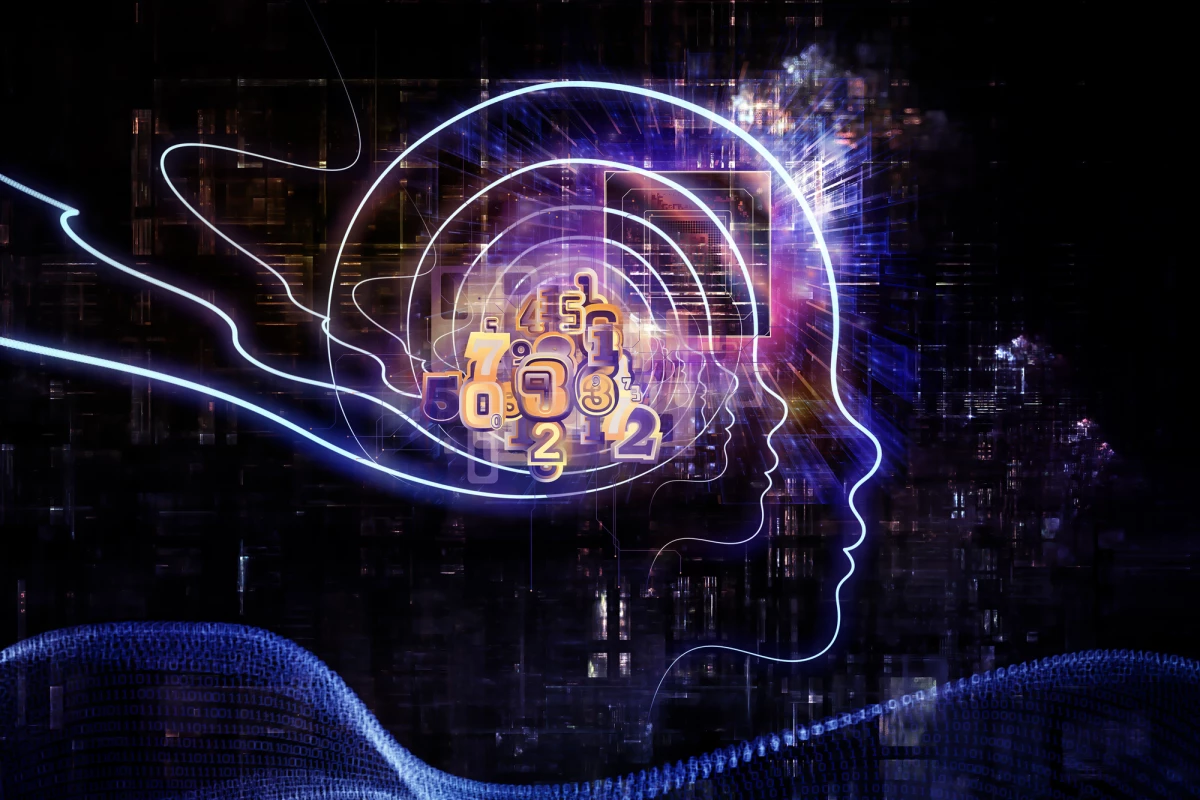Dopamine and serotonin are brain chemicals implicated in a range of neurological disorders including Parkinson’s and depression, so understanding how they work could be key to the development of more effective treatments for these conditions. A new tool is offering an unprecedented look at these neurotransmitters in action, enabling scientists to monitor their real-time activity for the first time.
Both dopamine and serotonin have long been linked to the brain’s ability to process rewards, but lately scientists are turning their attention to how they could have a more expansive role across the human body. This ranges from how serotonin in the gut can regulate blood sugar or how low levels could be addressed by ketamine, and how deep brain stimulation (DBS) could boost dopamine production in Parkinson’s patients.
That last example is a particularly promising one as Parkinson’s disease is characterized by the depletion of dopamine production in the brain, which leads to a loss of control over body movement. Using DBS, where tiny wires are implanted in the patient to deliver electrical currents to specific regions of the brain, is a way of addressing symptoms such as tremors and slowed movement, along with the shortfall in dopamine.
Five patients were set to undergo DBS treatment at Wake Forest Baptist Medical Center, two with Parkinson’s and three with essential tremor, an involuntary movement disorder of the nervous system. As the neurosurgeons implanted their electrode arrays to provide the DBS therapy, another group, including scientists from Virginia Tech, worked alongside them to insert their own carbon fiber microelectrode deep into the brain, which was designed to detect and record serotonin and dopamine as they are released from the neurons.

With the patients still awake, the researchers had them perform some decision-making exercises, where they had to decide which direction a series of dots were moving across a screen after they had disappeared. Each patient performed the task 200 to 300 times, and were at times asked to indicate how confident they were with their answers.
Meanwhile, low voltages were ramped across the electrode to detect dopamine and serotonin activity in real-time. The scientists call this electrochemical method fast scan cyclic voltammetry, and it enabled them to record sub-second fluctuations in dopamine and serotonin signaling for the first time ever.
“An enormous number of people throughout the world are taking pharmaceutical compounds to perturb the dopamine and serotonin transmitter systems to change their behavior and mental health,” said Virginia Tech’s P. Read Montague, senior author of the study. “For the first time, moment-to-moment activity in these systems has been measured and determined to be involved in perception and cognitive capacities. These neurotransmitters are simultaneously acting and integrating activity across vastly different time and space scales than anyone expected.”
The team says this is a vast improvement on previous efforts to track these neurotransmitters, which are unable to offer the same frequency and volume of measurements.
The scientists were able to draw some useful insights from their experiments. They found that serotonin levels rose when the subject was more uncertain about their answer and fell when they were more certain. Dopamine appeared to increase as the subjects anticipated making their decisions while serotonin levels fell, with a choice finally being made when both reached a certain level.
"This study sheds light on the role these neurochemicals play in learning, brain plasticity and how we perceive the environment," said principal investigator Kenneth T. Kishida. "We now have more detailed insight into how our brains build what we perceive, use those perceptions to make decisions, and interpret the consequences of the choices we make. Dopamine and serotonin appear to be critical in all of these processes. Importantly, studies like this will help us and other scientists develop a better understanding of how drugs or medications like serotonin reuptake inhibitors affect cognition, decision-making, and impact psychiatric conditions like depression."
The research was published in the journal Neuron.
Source: Virginia Tech, Wake Forest School of Medicine via Medical Xpress




